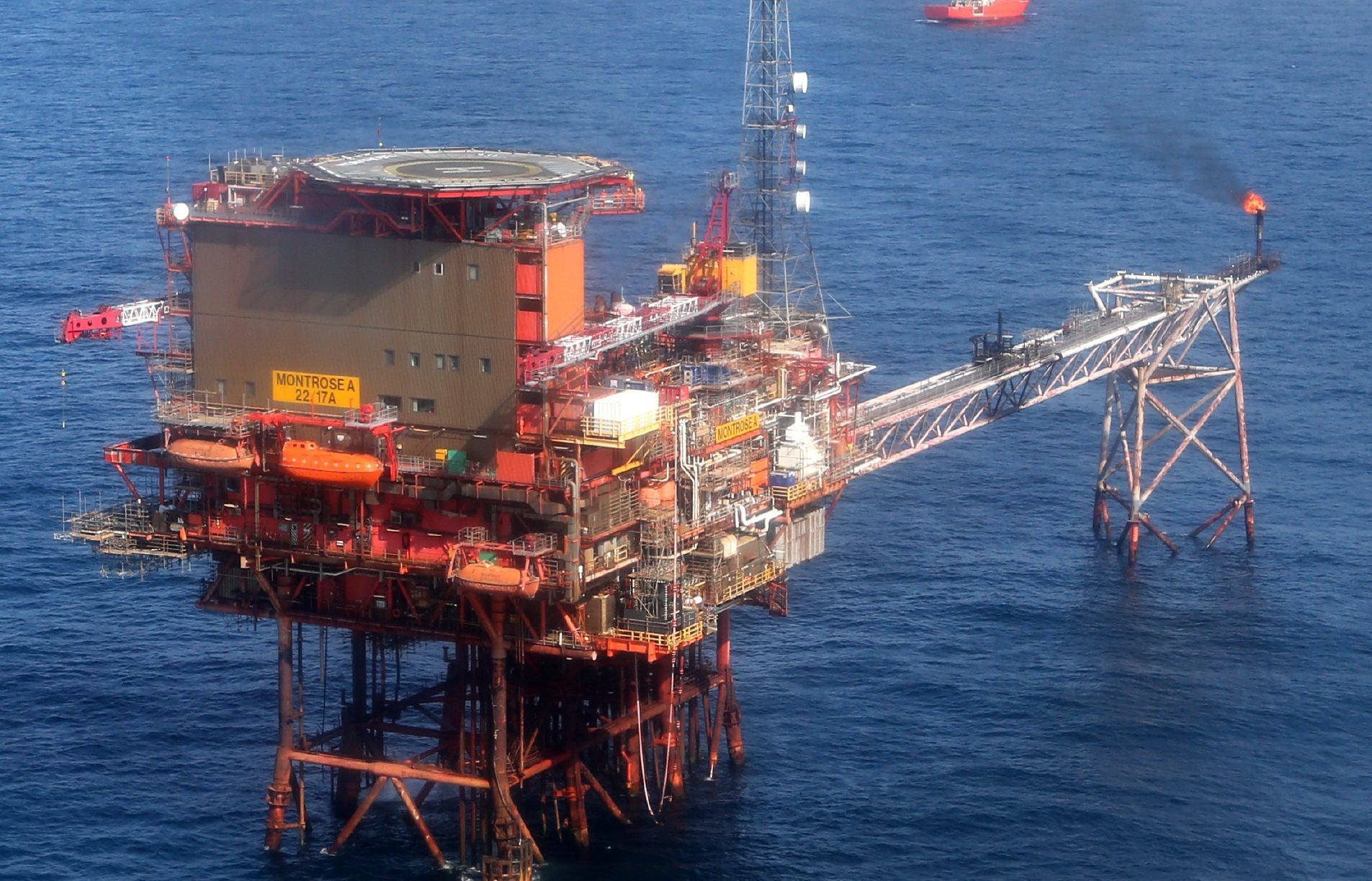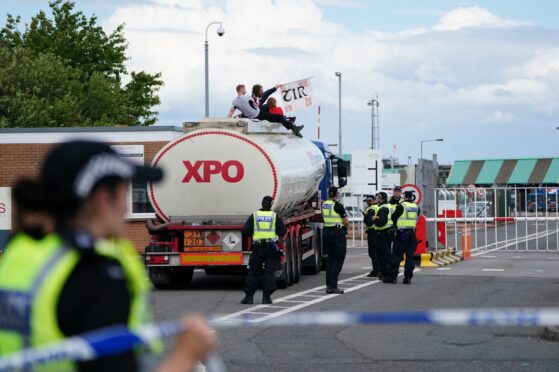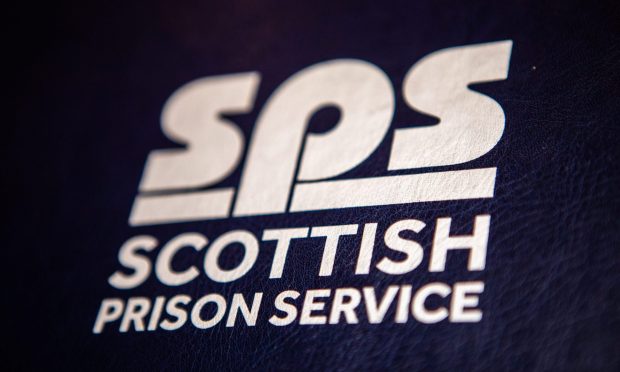The North Sea oil and gas industry must transform within the next two years to avoid “rapid and premature decline”, according to a new report.
Industry and government must come together to agree a “blueprint for action”, taking lessons from countries such as Norway and Saudi Arabia, the PwC research found.
The report is based on interviews with more than 30 senior figures in the industry from the UK, Norway and the Netherlands.
It comes as the crisis-hit sector’s industry body Oil and Gas UK warned of up to 120,000 job losses in the next two years following the plunge in oil prices.
Despite the bleak outlook, the industry interviews revealed “significant levels of optimism” that, with the right strategy, the North Sea can continue to provide a few more decades of production.
Alison Baker, of PwC, said: “During our interviews we picked up a real sense of urgency to create one last cycle of success that will retain and generate jobs, stimulate growth and ensure security of energy supply.
“But this was matched by a level of frustration at the fundamental issues that need tackling to avert the risk of rapid and premature decline.”
The report – entitled A Sea Change – found the majority of respondents want government to take a lesson from Norway and Saudi Arabia, and “be bold in setting out their blueprint for the future”.
Ms Baker added: “This must incorporate onshore activity as well as defining how the North Sea basin will evolve in the short to medium-term and, crucially, how the end game – and subsequent transition to a low carbon landscape – will be managed.”
Kevin Reynard, PwC office senior partner in Aberdeen, said: “The North Sea still has a strong couple of decades ahead of it but the decisions to sustain it in that period need to be taken quickly.
“It’s vital that governments and industry come together and agree a blueprint for action.
“No one company standing alone can weather this but if all interested parties join forces to address the issues then there is hope for the North Sea.
“Government and industry have started to come together but this can be built on for the future.”
Economy Secretary Keith Brown said: “This report supports our firm view that the North Sea continues to represent a huge opportunity for Scotland, with many billions of barrels of oil reserves still to be recovered, and it is heartening that this optimism is shared by industry leaders.
“While we are doing everything within our current powers to support the sector, the UK Government retains control of the main economic levers affecting the industry, including power over the fiscal regime and incentives to invest in exploration.
“It is clear that further support is likely to be required to ensure the industry’s success over the longer term.
“That is why we continue to press the UK Government to provide support for exploration and enhanced oil recovery and to act quickly to deliver on its commitment to use the UK Loan Guarantees Scheme to secure new investment in oil and gas infrastructure.”
ends










